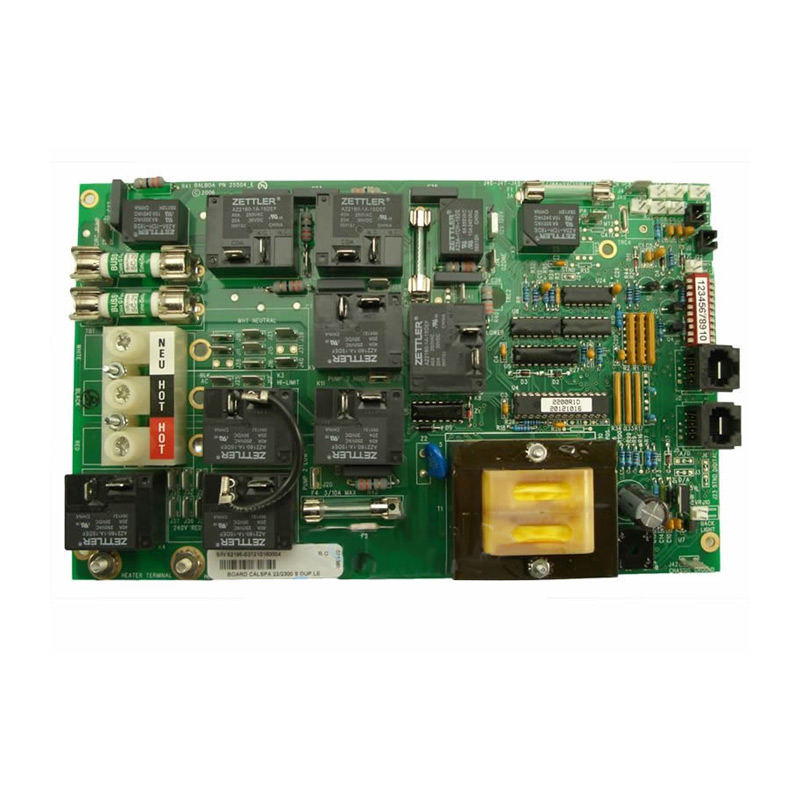

Understanding Low-E Glass and Its Emissivity Value
Low-emissivity (Low-E) glass has emerged as a revolutionary material in modern architecture and construction, largely due to its superior thermal performance. The emissivity value of a material, including glass, is a critical factor that determines its ability to emit thermal radiation. In the case of Low-E glass, this property has been engineered to enhance energy efficiency, making it an excellent choice for both residential and commercial buildings.
Understanding Low-E Glass and Its Emissivity Value
The efficiency gains offered by Low-E glass translate into significant energy savings for building owners. By minimizing heat transfer, Low-E glass can help regulate indoor temperatures, thereby reducing reliance on heating and cooling systems. For instance, in a cold climate, Low-E glass can keep interiors warm by preventing heat loss. In hot climates, it can help to keep buildings cooler by reflecting sunlight and reducing solar gain. The overall effect is a more comfortable living environment and lower energy bills.

Furthermore, the benefits of Low-E glass extend beyond energy savings. Buildings with Low-E glass can achieve higher energy performance ratings, which may qualify them for various certifications and incentives. Programs such as LEED (Leadership in Energy and Environmental Design) recognize the importance of sustainable building materials, and using Low-E glass can contribute significantly towards earning points in energy efficiency.
Moreover, Low-E glass has a positive environmental impact. By reducing the energy required for heating and cooling, it helps lower greenhouse gas emissions. In a world increasingly focused on combating climate change, the use of energy-efficient materials like Low-E glass is a significant step toward achieving greater sustainability in the built environment.
However, it is essential to consider that not all Low-E coatings are created equal. The emissivity value can vary based on factors such as the type of coating, the manufacturing process, and the specific application. For example, some Low-E glasses are designed specifically for certain climates, with different coatings optimized for various performance characteristics. Therefore, when selecting Low-E glass, it is crucial to consult with manufacturers or experts who can provide guidance tailored to specific needs.
In conclusion, Low-E glass represents a significant advancement in building material technology, offering low emissivity values that lead to enhanced thermal efficiency and energy savings. Its ability to reflect infrared light while allowing visible light to pass through makes it a favored choice for modern construction practices aiming for sustainability and energy efficiency. As more builders and homeowners recognize these benefits, the demand for Low-E glass is likely to grow, propelling the construction industry toward more sustainable practices that benefit not only the economy but also the environment. By choosing Low-E glass, we are not just opting for better building materials; we are making a choice for a greener future.